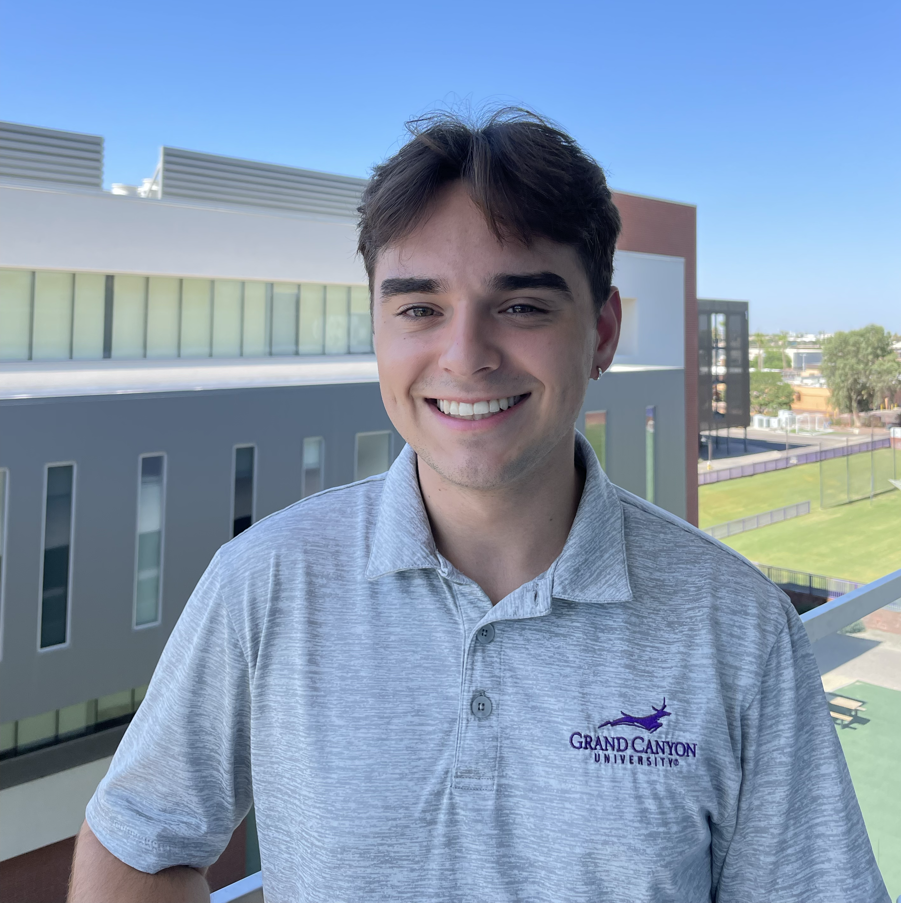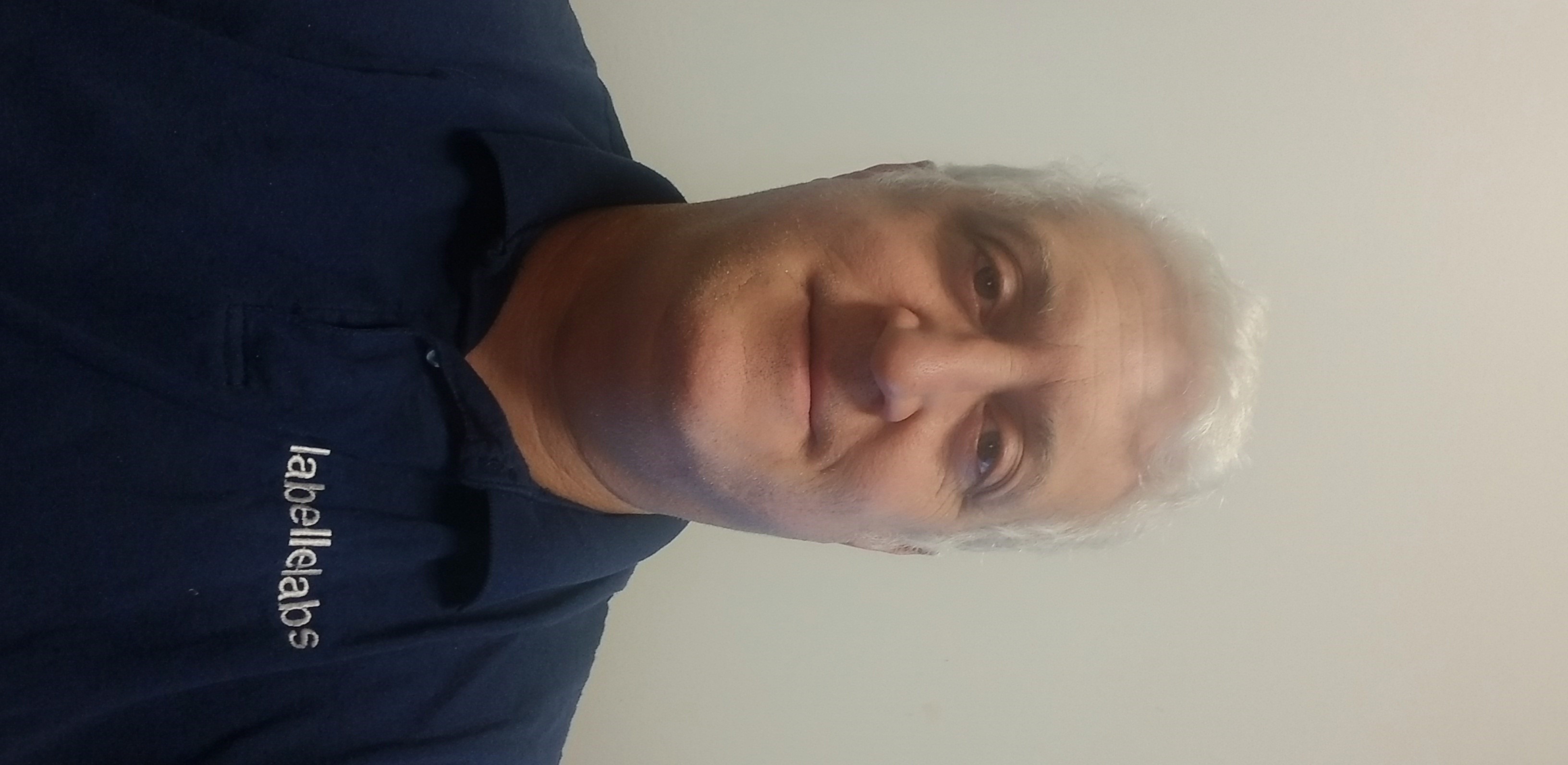Device Technologies and Biomedical Robotics
(J-399) Fabrication of Microneedles with the Implementation of Design of Experiments, Laser Engraving, and Gold-Plating

Antonio A. Da Silva, Biomedical Engineering Student
Engineering Lab Technician
Grand Canyon University
Phoenix, Arizona, United States
Brayden C. Nungesser, Mechanical Engineering Student
Engineering Lab Technician
Grand Canyon University
PHOENIX, Arizona, United States
Jeffrey T. La Belle, PhD
Professor
Grand Canyon University
Tempe, Arizona, United States
Cassandra J. Wright, PhD
Associate Professor of Biomedical Engineering
Grand Canyon University
Phoenix, Arizona, United States
Presenting Author(s)
Co-Author(s)
Last Author(s)
Co-Author(s)
As the worldwide challenge of diabetes continues throughout the world, innovations are constantly being made in both the biotechnology and biosensor world. IDF Diabetes Atlas (2021) states that 10.5% of adults (20-79 years) have diabetes, and nearly half of them are unaware that they are living with the condition. They also estimate by 2045, that one in eight adults will be living with diabetes, which correlated to an increase of 46% [1].With the implementation of human-centered design and the continual advancements of blood-glucose sensing, the need for non-invasive methods of collecting blood-sugar data is more prevalent than ever. This project aims to develop a wearable multi-marker diabetes mellitus (DM) sensor that can be used for continuous and improved DM care. Although research has been done regarding the use of smaller and less invasive needles, three main benefits of this research are less waste material, easier production using more generalized machinery, and smaller needle sizes compared to much of the published research. For the microneedle arrays (MNAs) to detect the electrochemical signals needed for continuous glucose monitoring, MNAs need to range from 700 -1200 μm. At this range the microneedles will reach the desired depth – just past the epidermis and into the dermis where the macromolecules can be found in the interstitial fluid (ISF).
Materials and Methods: To produce the MNAs used, laser engraving was completed into the surface of thin plexiglass sheets using a preprogrammed dot feature to create individual conical arrays that could be cast into; this allows tailoring of the parameters for the precise desired microneedle aspect ratios based on design of experiments (DOE) analysis. Using the DOE data allowed the team to statistically determine optimal settings to produce any sized MNAs within a set of experimental parameters. Due to the nature of light and optics, this naturally created conical holes in the surface of the plexiglass that were used for casting. Using a silicone mixture poured over the laser-treated plexiglass, the mixture was allowed to harden and form the raw MNAs. A microscope was then used for measurement of the aspect ratio as well as different angles of the microneedles. The raw MNAs are then gold-sputtered and evaluated for bonding capacity. These gold-plated MNAs are patterned such that they essentially form a three-pronged electrode used for collecting electrochemical data. The conductive areas of the MNA sensors act as the reference electrode, the working electrode, and the counter electrode. The electrochemical (CV, SWV, CA, and EIS) markers that are needed for continual monitoring can be found in the ISF. With this, along with the location of the major nerve cells being deeper in the dermis, this length should allow for maximum comfort and efficiency for the patient.
Results, Conclusions, and Discussions::
Data from the primary testing phases allowed for the optimization of the initial laser etching procedure in order to produce a MNA that was within our desired parameters. Some of the larger implications that our research can have would be in the realm of non-invasive sensors of all types. By the MNA residing solely in the ISF rather than using hypodermic needles, the pain-free application of sensors becomes more realistic. ISF can be more consistent and optimal for measuring glucose levels in more local conditions [2]. The use of ISF monitoring will help show the diffusion levels of glucose from the blood as well as how much glucose is metabolized in that region. Variations in blood glucose levels are quickly lost as they are constantly being mixed due to the circulatory system. To collect and detect the electrochemical signals for monitoring glucose and other macromolecules, the MNAs needed to have a length between 700 μm and 1200 μm [3-4]. With this length, the MNAs should be able to pierce through the stratum corneum and pass just through the epidermis into the dermis where ISF is present. From the DOE data, optimization of the production of MNAs was completed; this parameter optimization allows for the production of reproducible MNAs that fall into the desired constraints for measuring electrochemical signals of macromolecules in the ISF. The ability to produce MNAs with this precision allows us to increase the rate of testing of microneedle electrodes at a decreased cost compared to outsourcing molds for MNAs.
Acknowledgements:This work was funded by the Helmsley Charitable Trust.
References:
- International Diabetes Federation. (2023, June 22). Facts & Figures - International Diabetes Federation. Retrieved July 18, 2023, from https://idf.org/about-diabetes/facts-figures/
- Siegmund, T., Heinemann, L., Kolassa, R., & Thomas, A. (2017). Discrepancies Between Blood Glucose and Interstitial Glucose-Technological Artifacts or Physiology: Implications for Selection of the Appropriate Therapeutic Target. Journal of diabetes science and technology, 11(4), 766–772. https://doi.org/10.1177/1932296817699637
- Niczyporuk, M. (2018). Rat skin as an experimental model in medicine. Progress in Health Sciences, 8(2), 223-228. https://doi.org/10.5604/01.3001.0012.8351
- Son, Seung & Kim, Dong Wook & Thai Minh Duy, Le & Lee, Sang & Ko, Yoon-Joo & Jeong, Ji hoon & Thambi, Thavasyappan & Lee, Dong-Sheng. (2020). Microporous Organic Nanoparticles Anchoring CeO2 Materials: Reduced Toxicity and Efficient Reactive Oxygen Species‐Scavenging for Regenerative Wound Healing. ChemNanoMat. 6. 10.1002/cnma.202000067.
